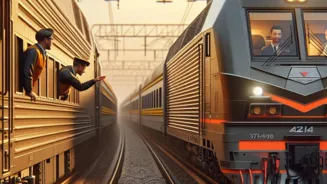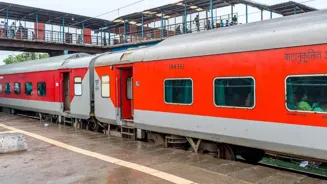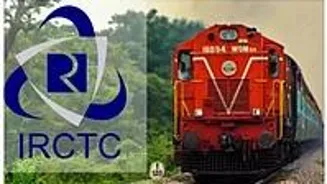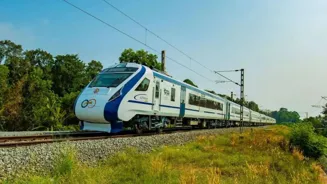While travelling by train, you may have wondered whether the driver of your passenger train earns more than the one operating a goods train that speeds past. Both are operated by loco pilots, but whose
salary is higher?
In truth, driving any train, whether passenger or freight, is a demanding role. The pay of a loco pilot is not determined by the type of train, but rather by their experience, grade, and responsibilities within the Indian Railways system.
What Determines A Loco Pilot’s Salary?
According to retired railway officer SK Srivastava, loco pilots typically begin their careers as Assistant Loco Pilots (ALPs), often assigned to goods trains. At this stage, their salary is lower than that of experienced loco pilots operating passenger services.
During this initial role, the assistant is responsible for aiding in train operations, including handling speed, signals, brakes, and ensuring safe travel.
Salary progression is grade-based, and promotions depend on experience and performance. Over time, an Assistant Loco Pilot may rise through the ranks to become a Senior Loco Pilot, eventually qualified to drive passenger, mail, or express trains.
Is There A Salary Gap Between Goods And Passenger Train Drivers?
While it’s generally perceived that passenger train drivers earn more, in practice, the difference is marginal and based on grade rather than the type of train. In some cases, goods train drivers with higher seniority or additional responsibilities may actually earn more than junior passenger train pilots.
In most situations, the pay structure remains broadly equivalent between the two, governed by the loco pilot’s grade and the nature of their assignment, not by whether they drive passengers or freight.














